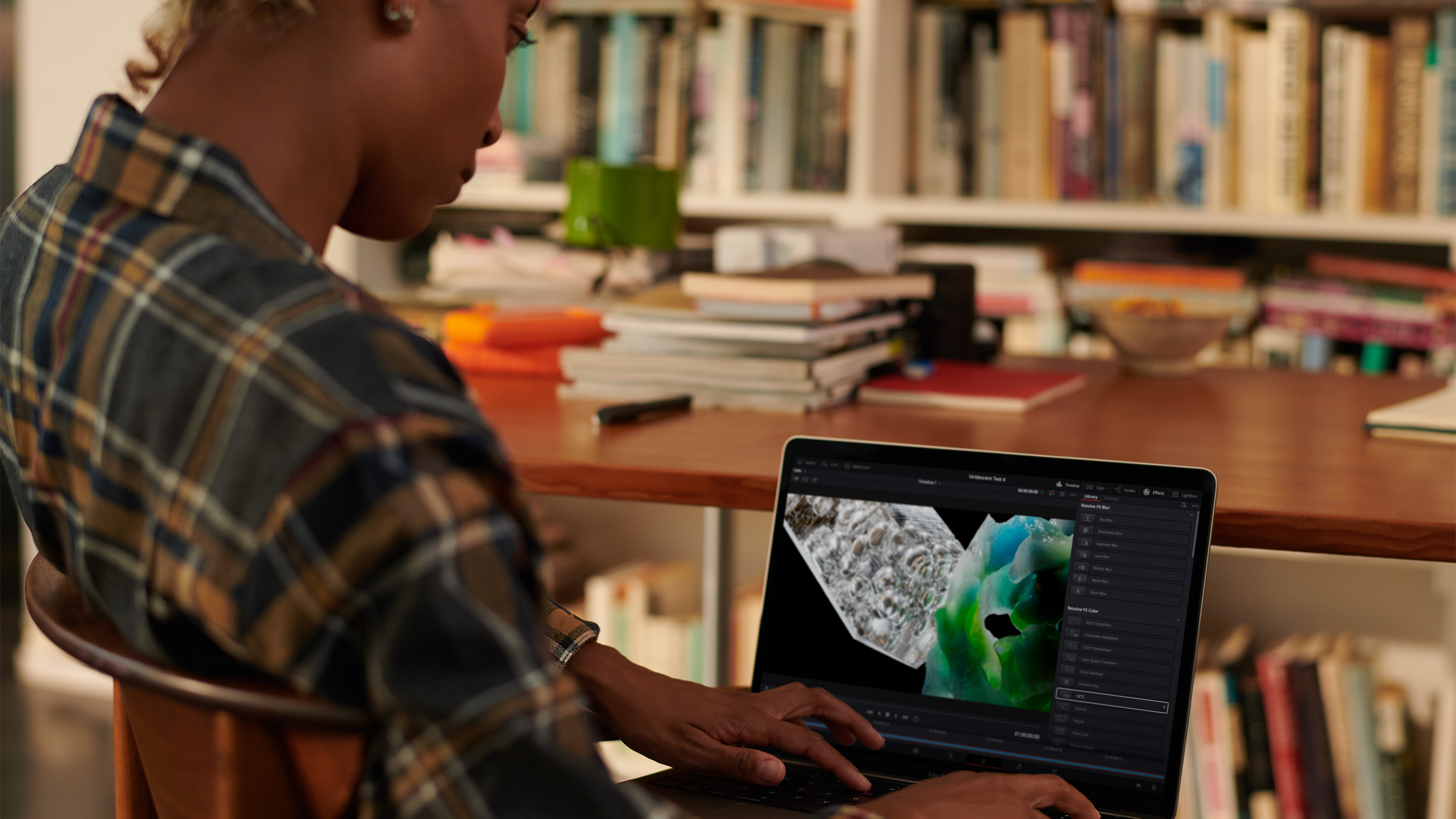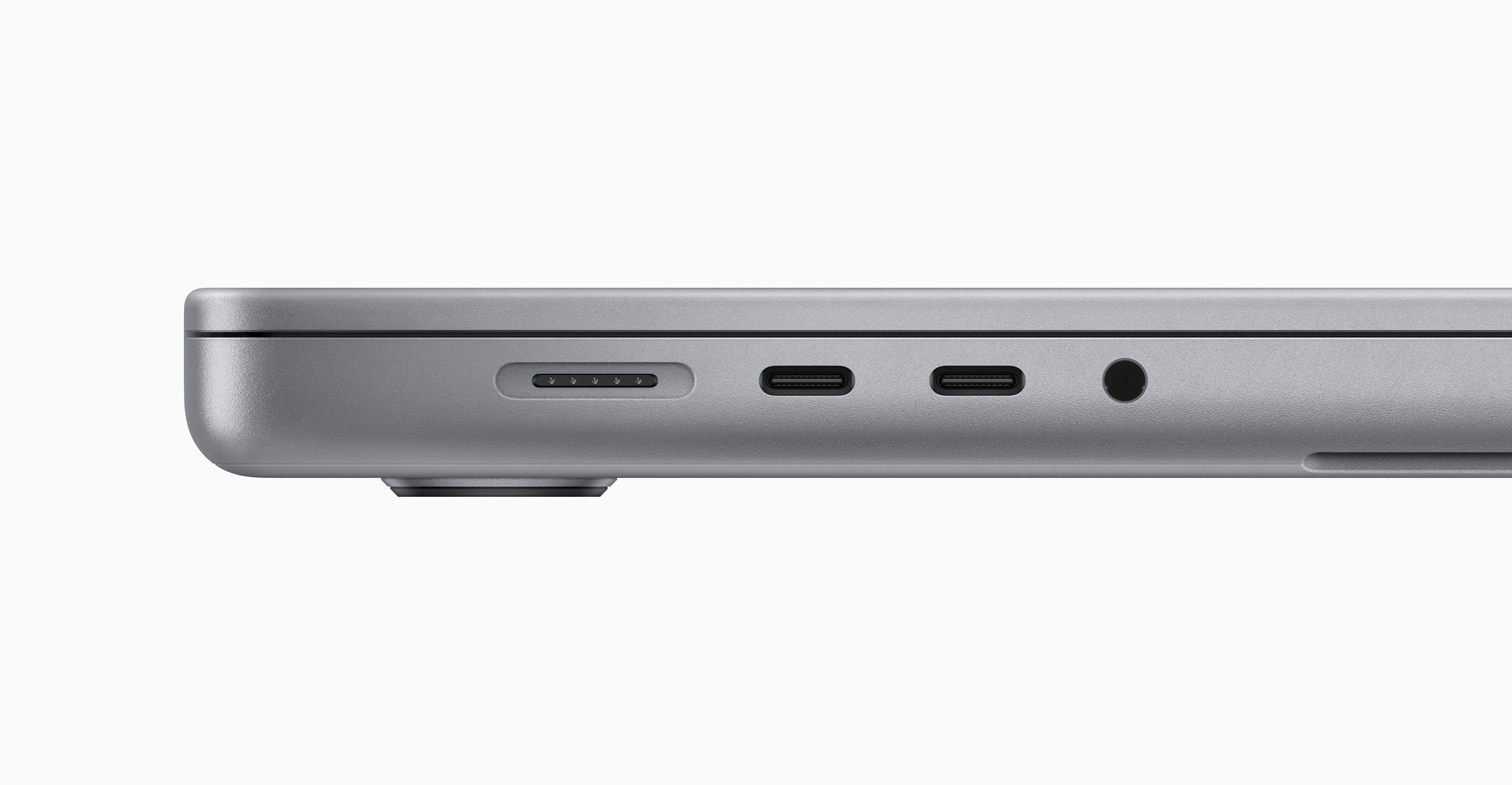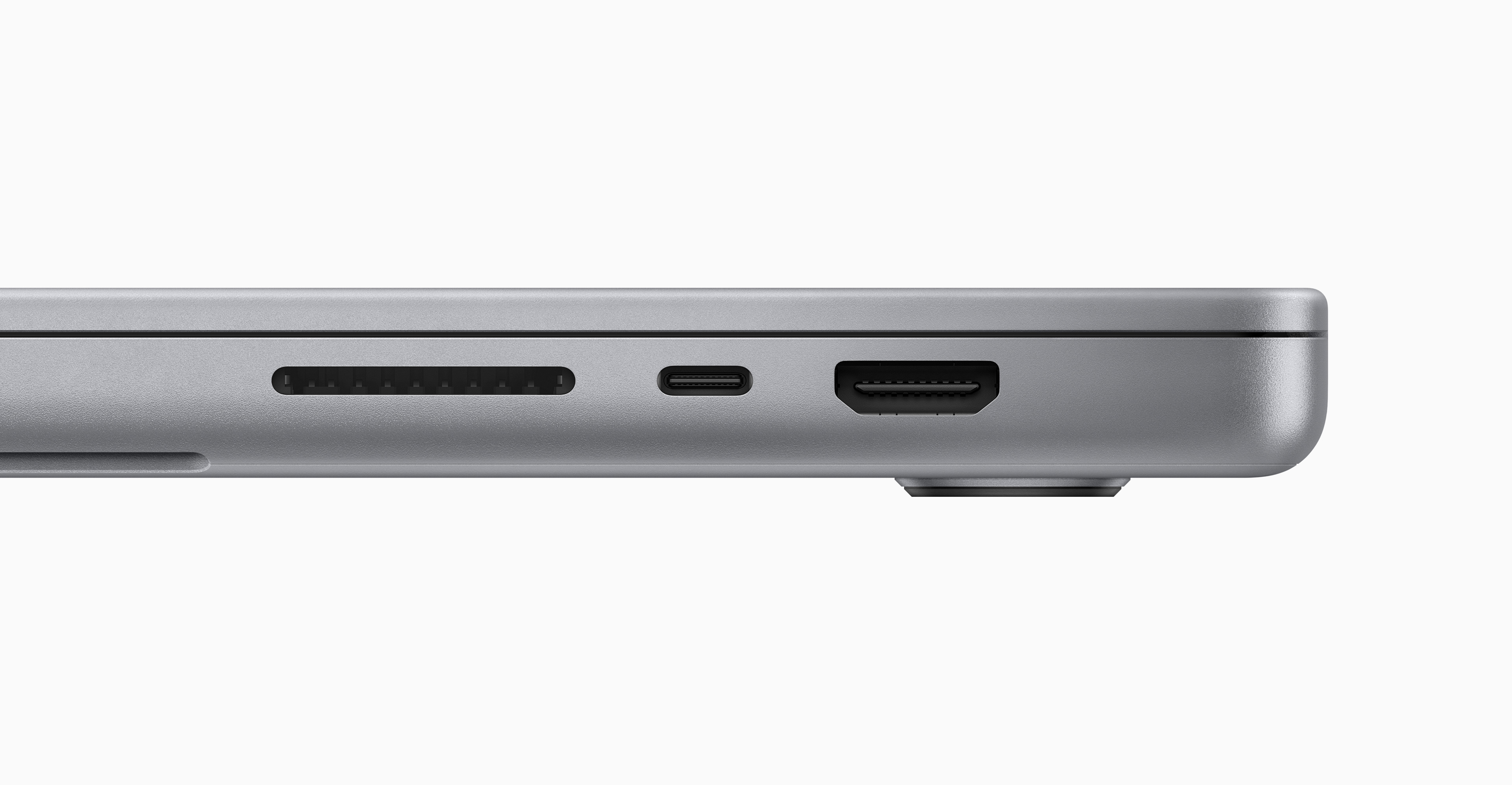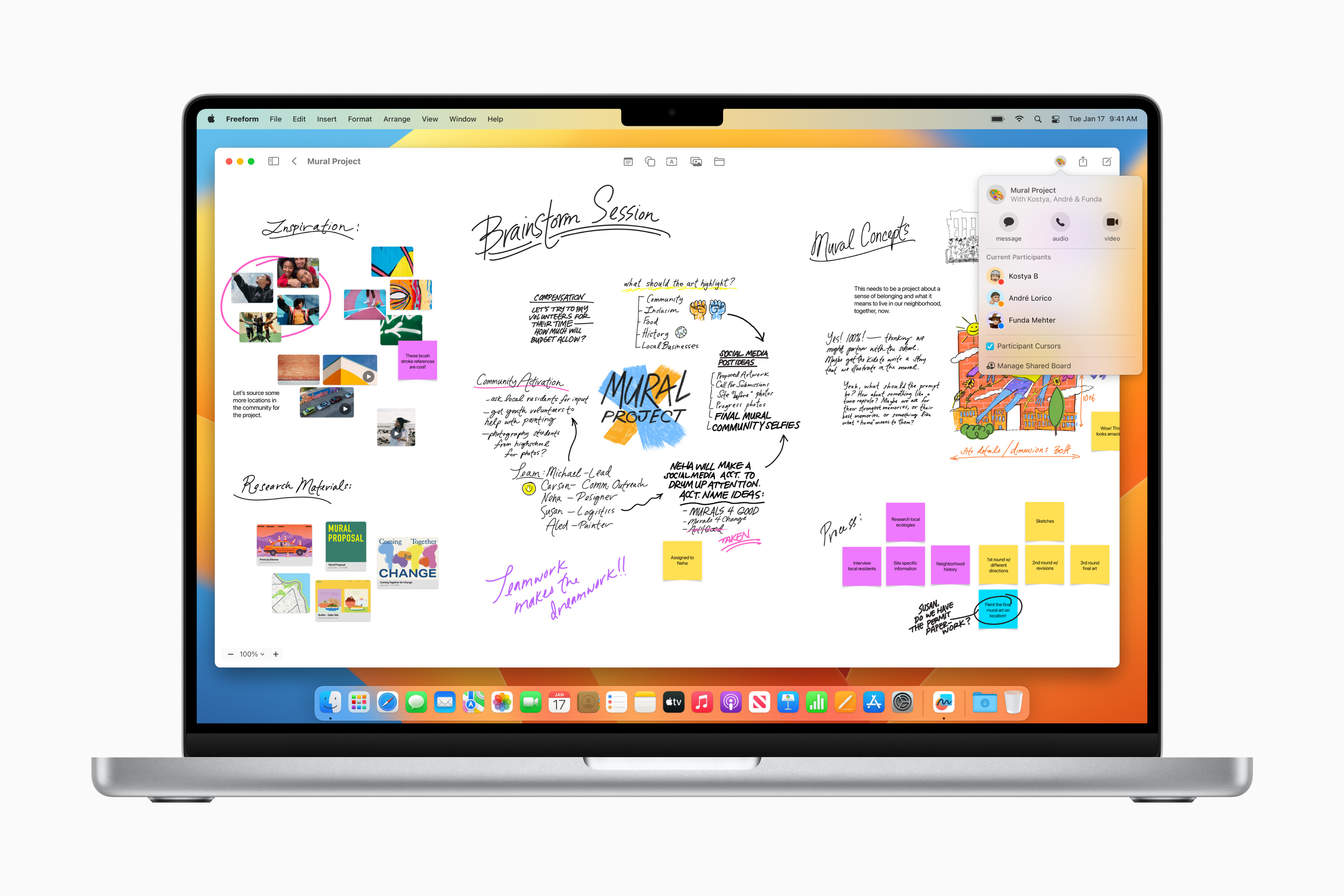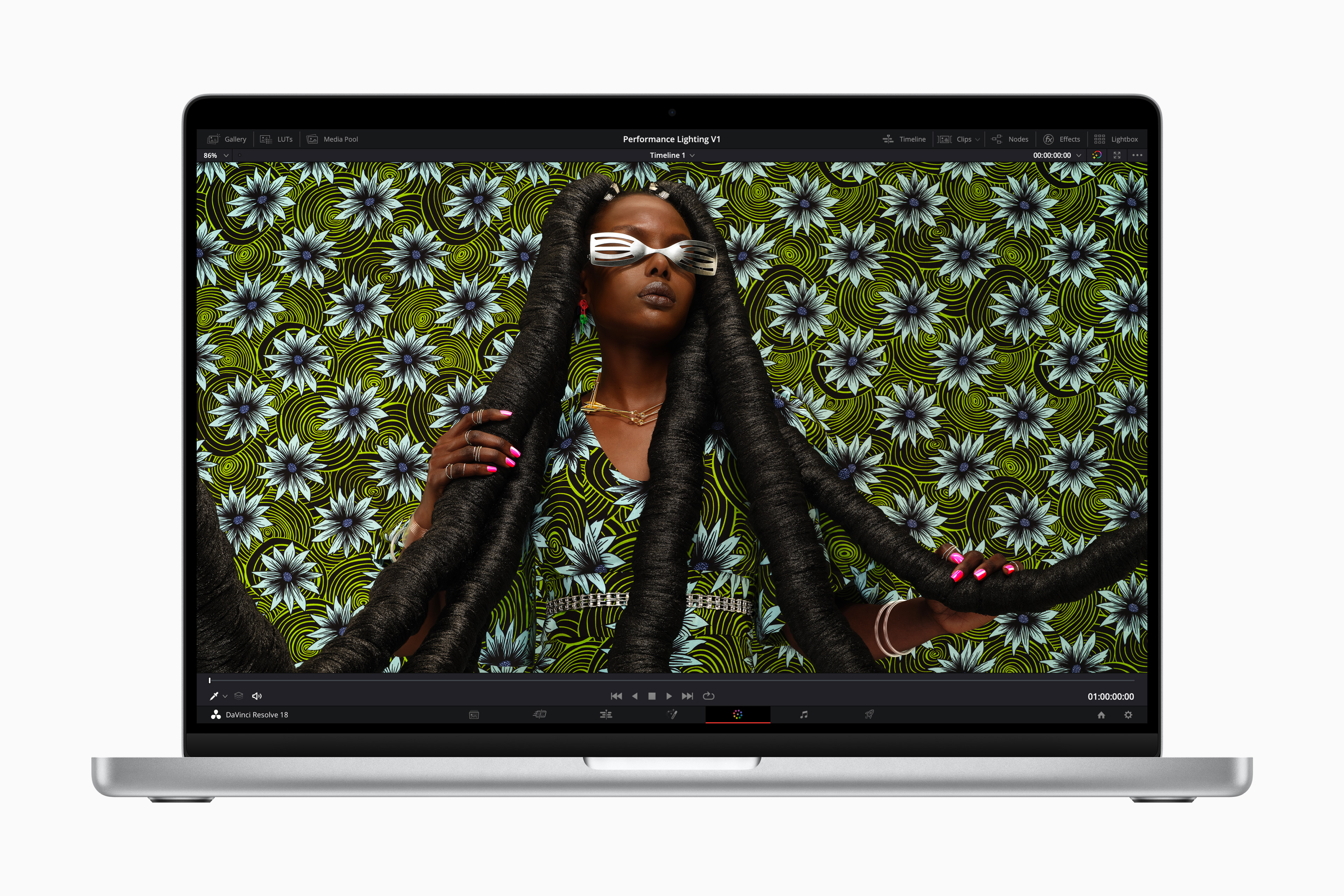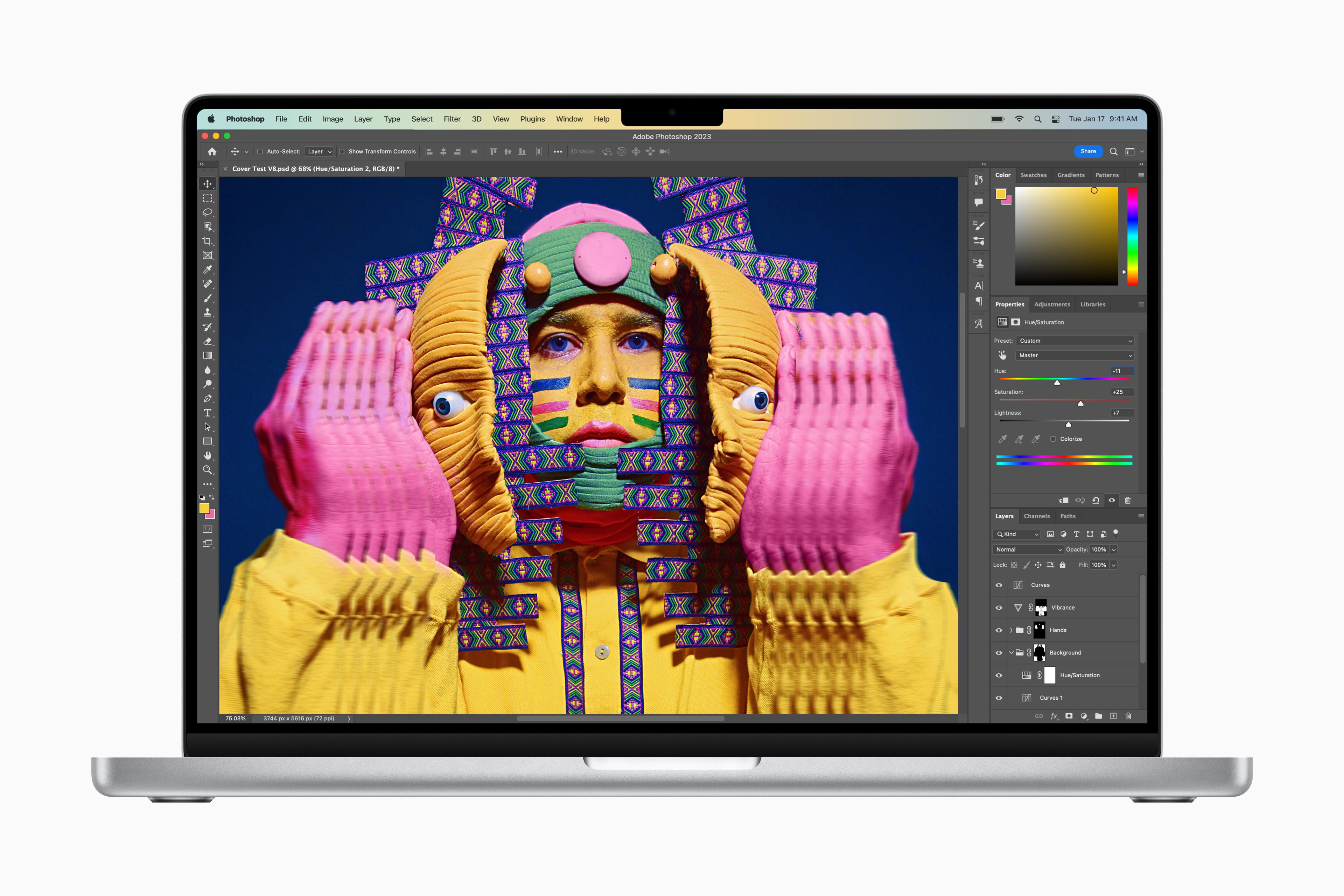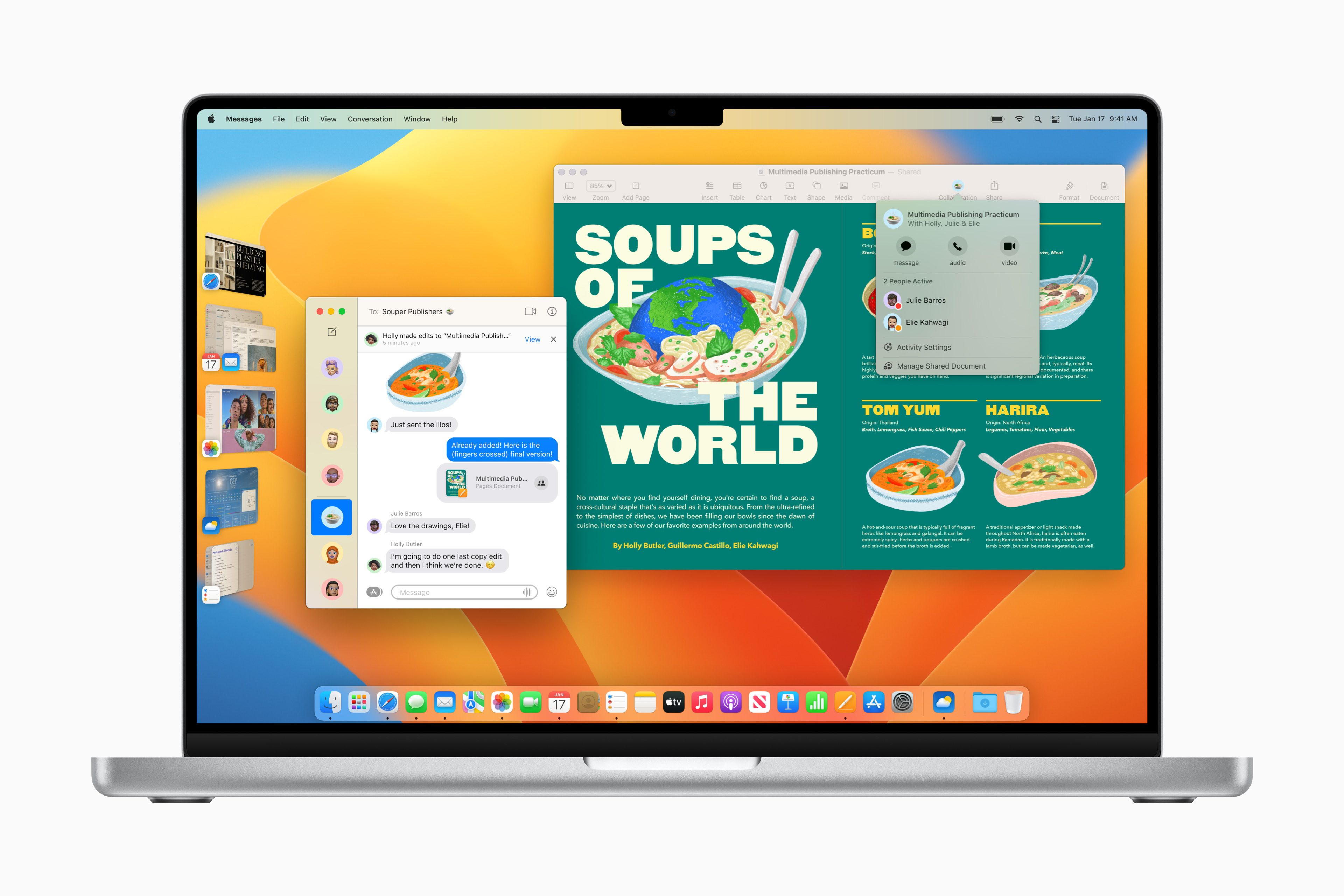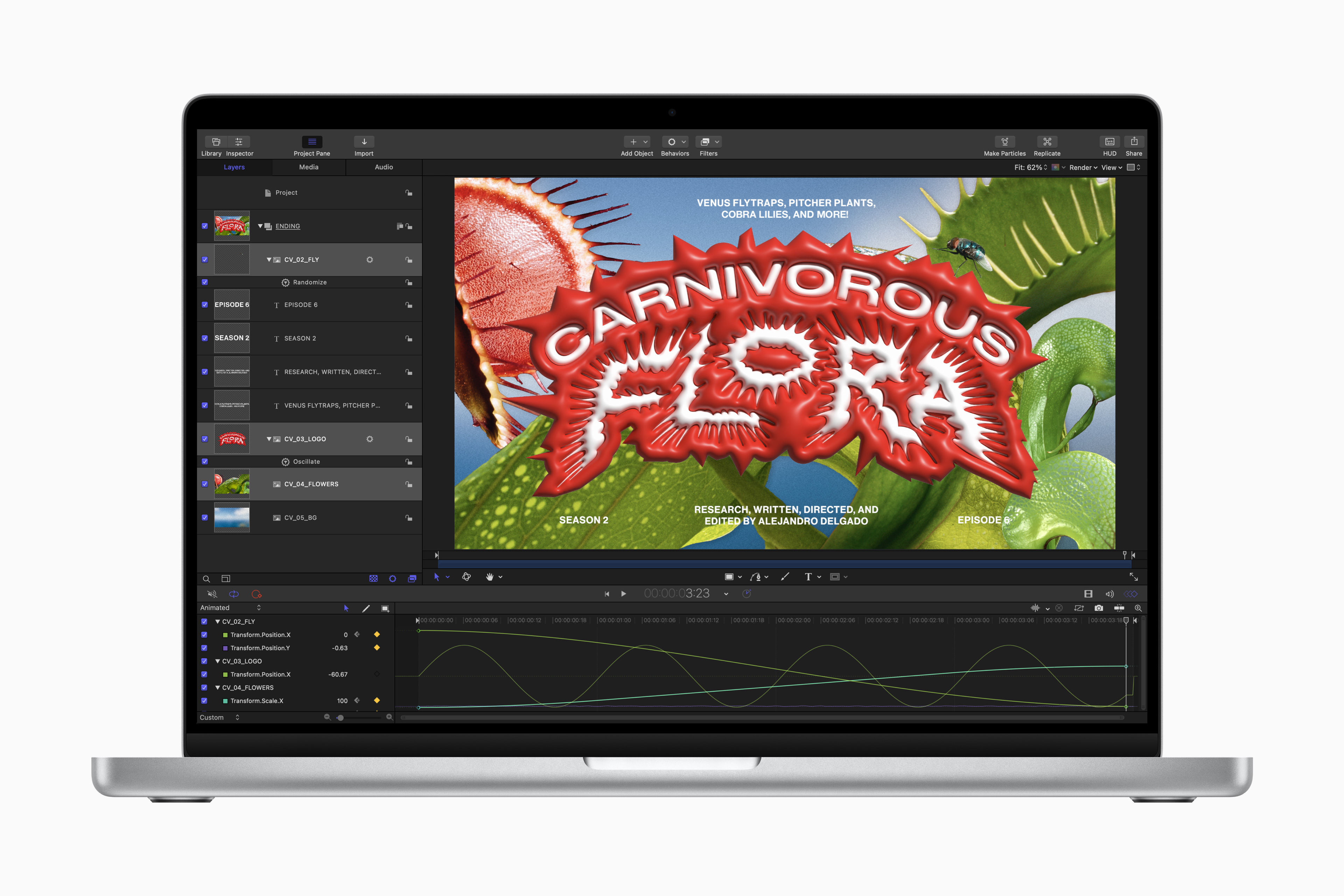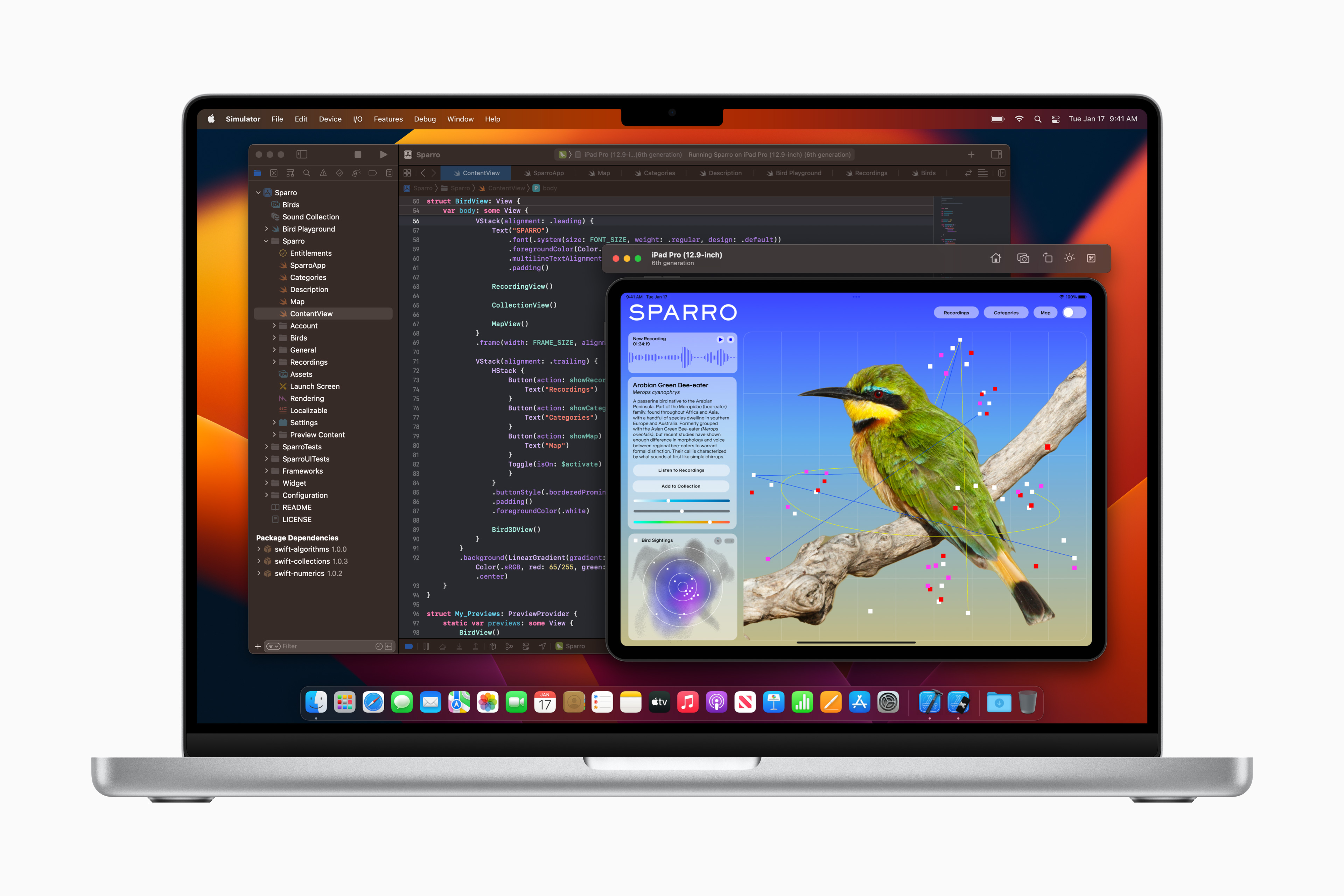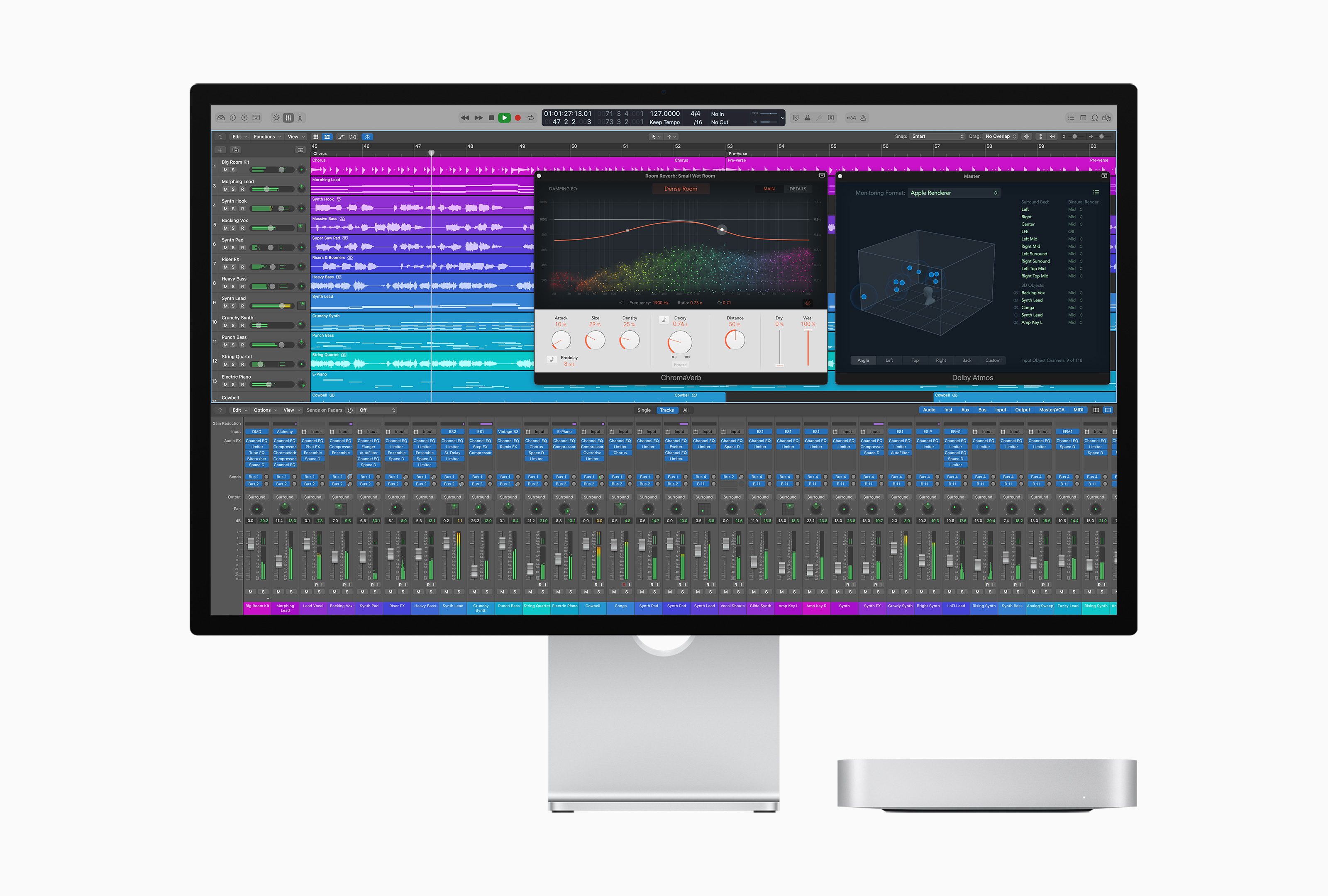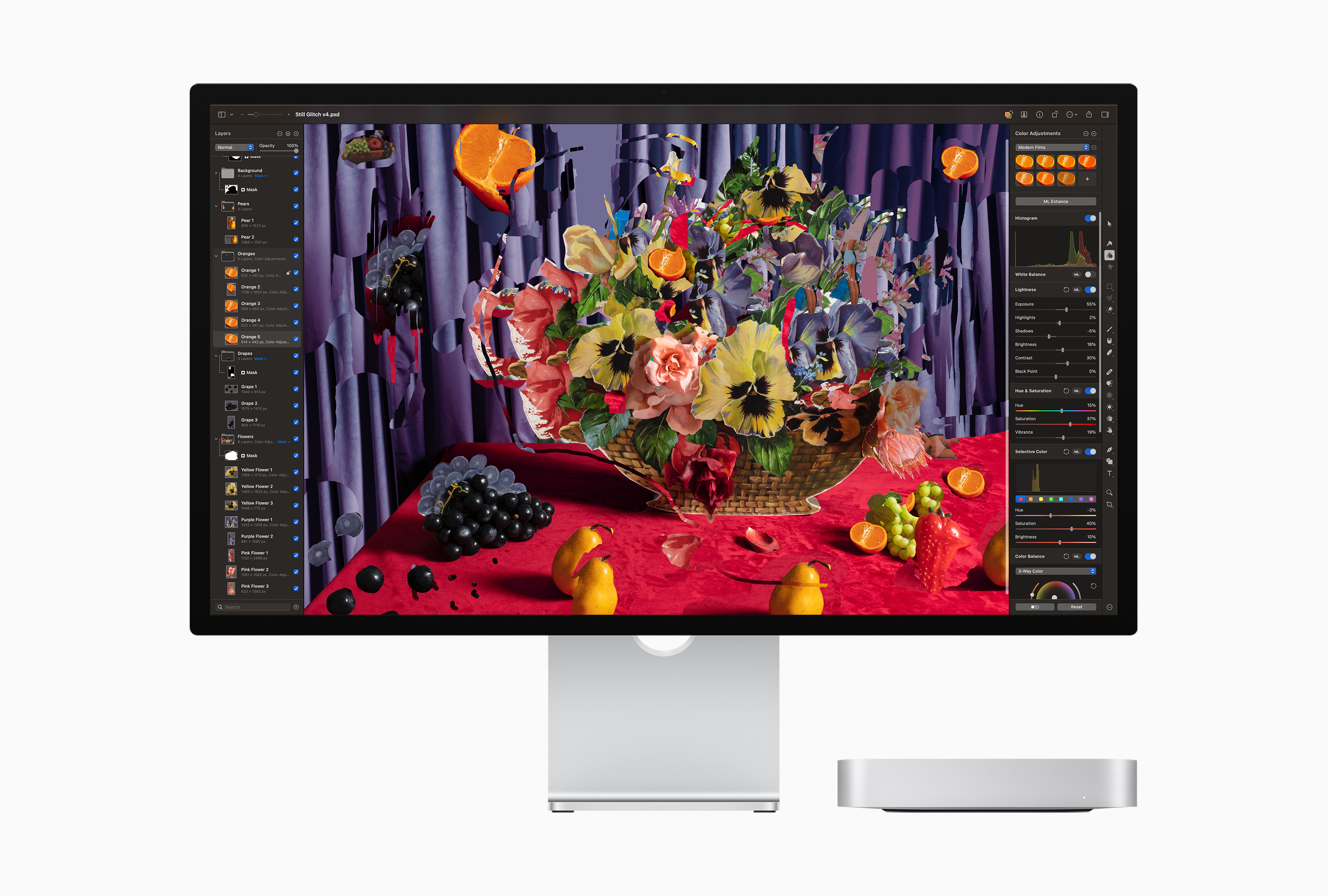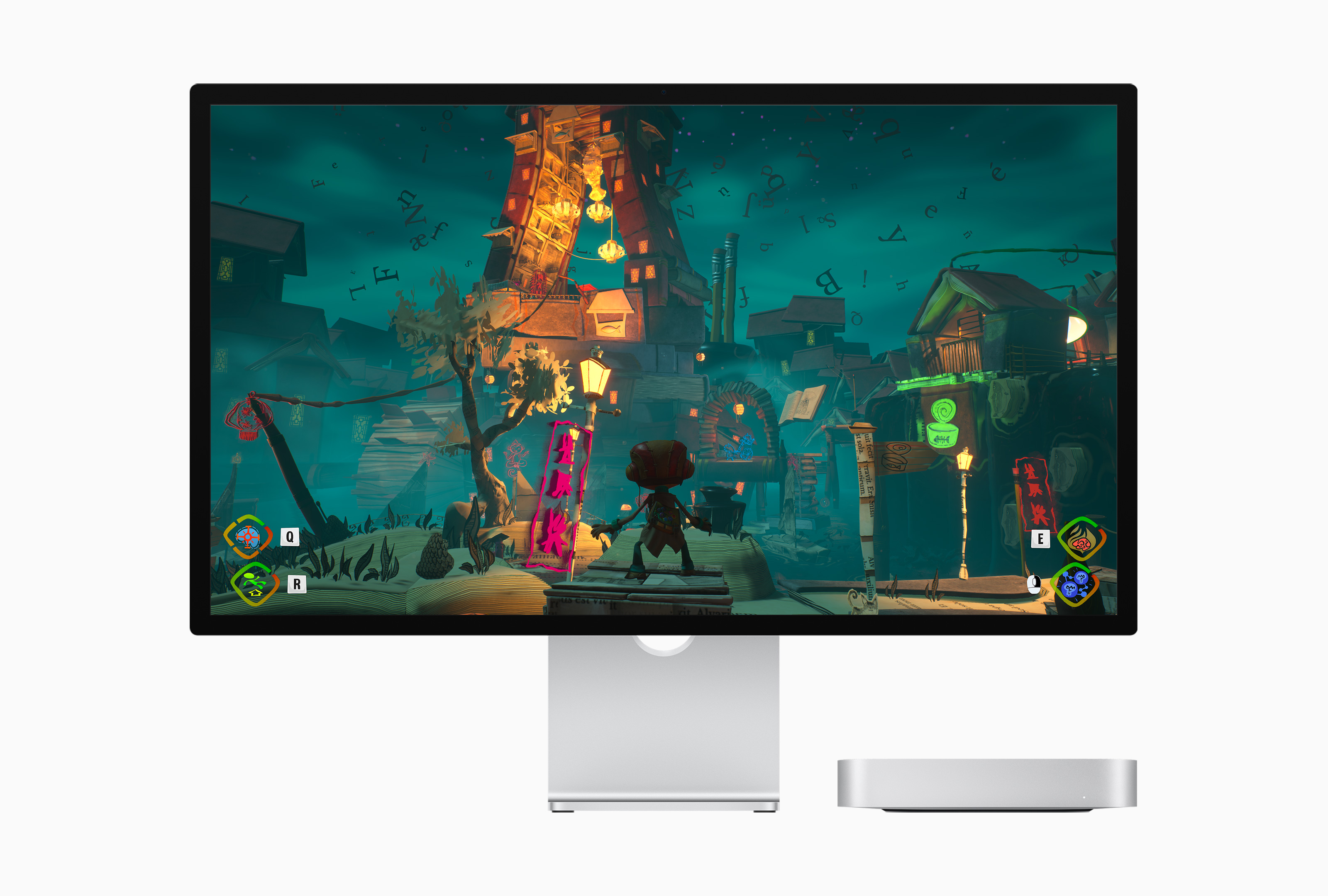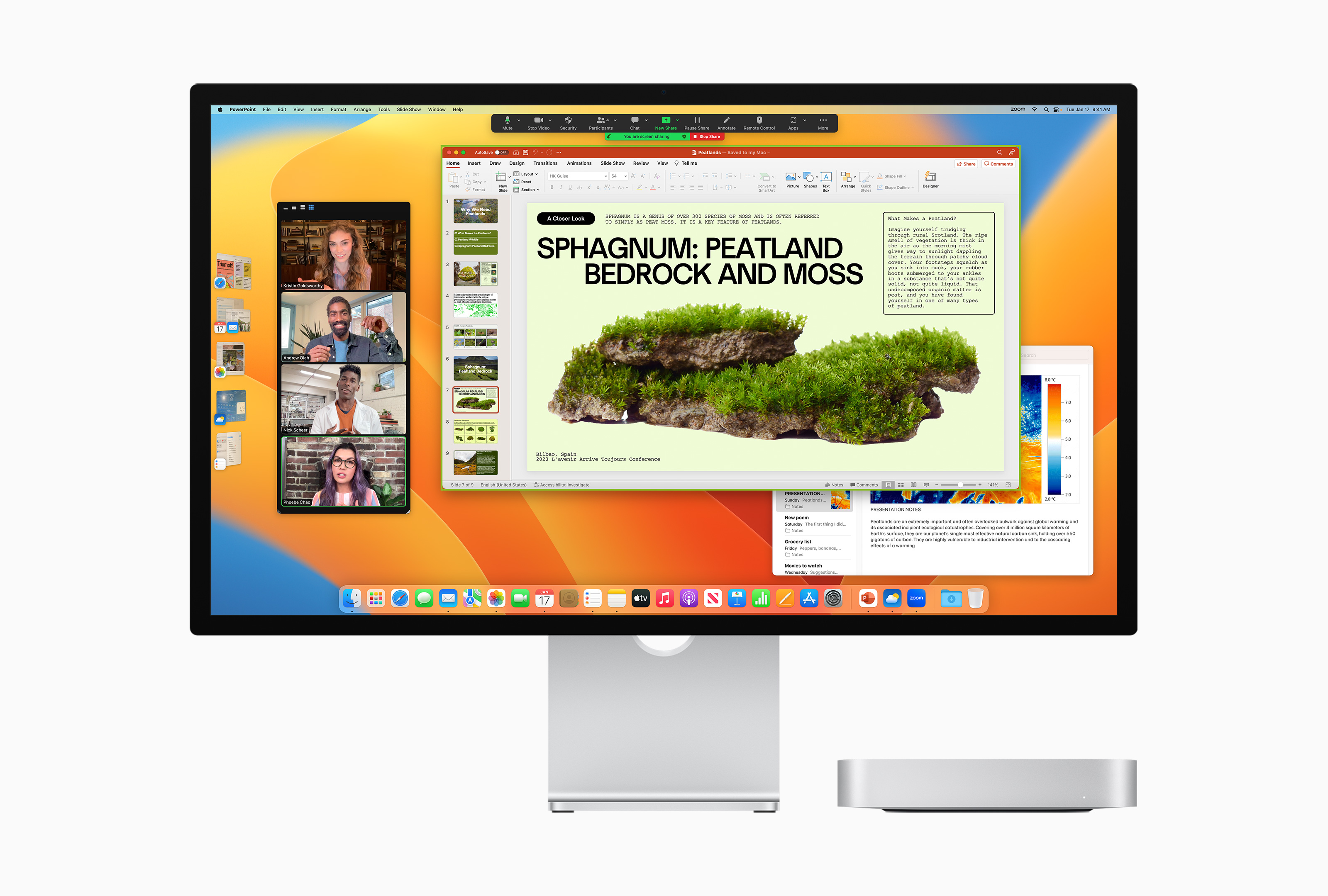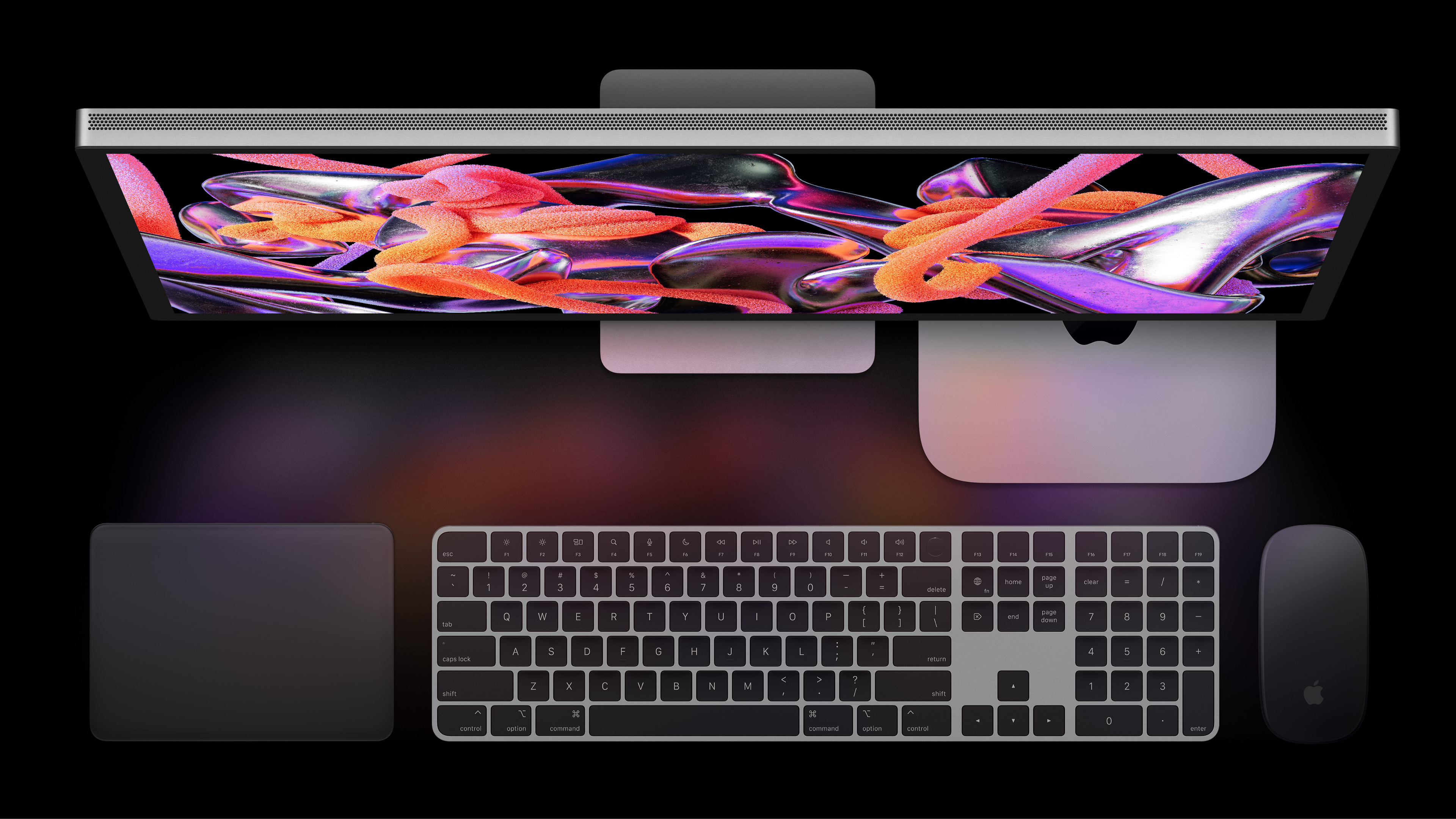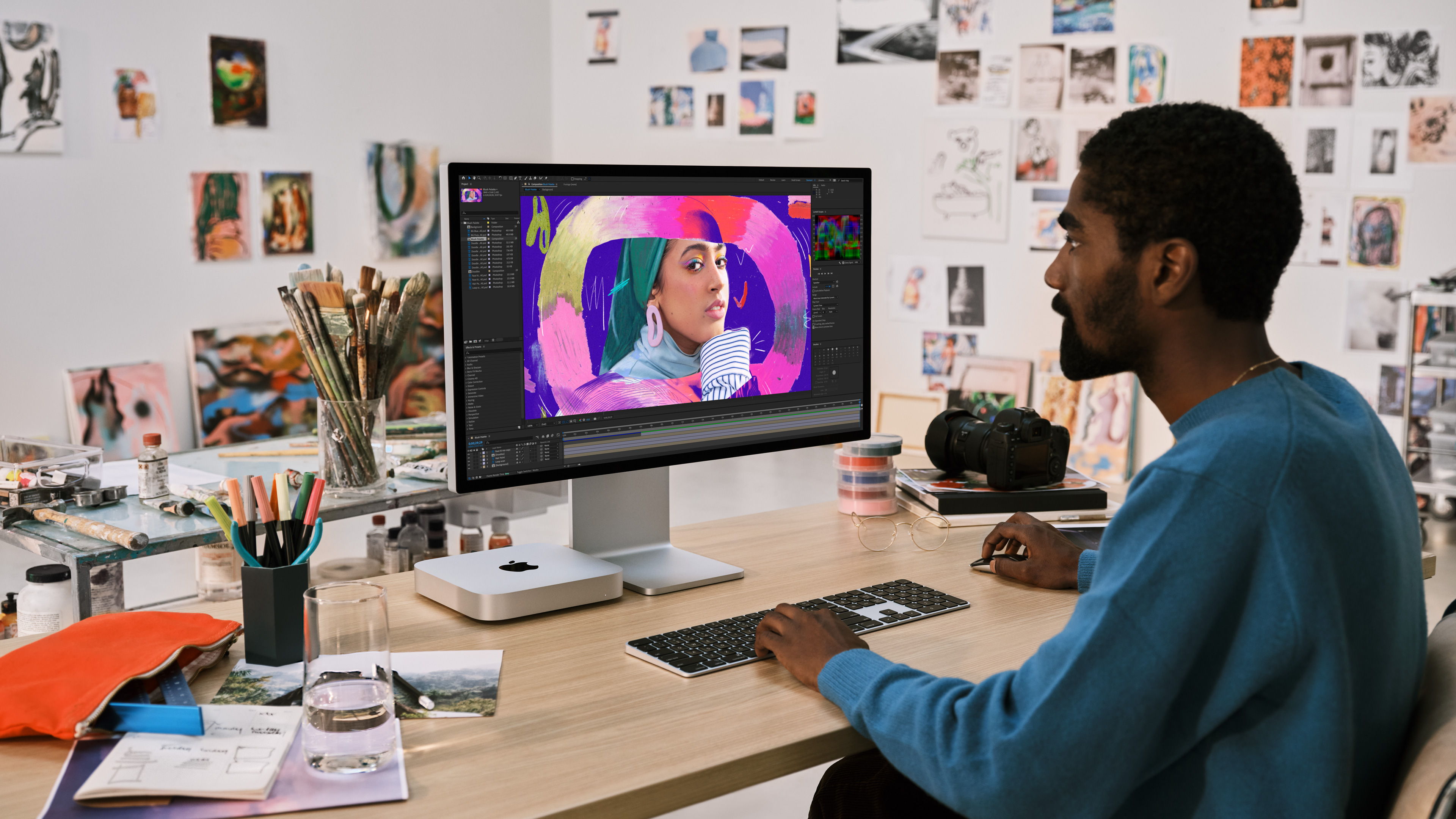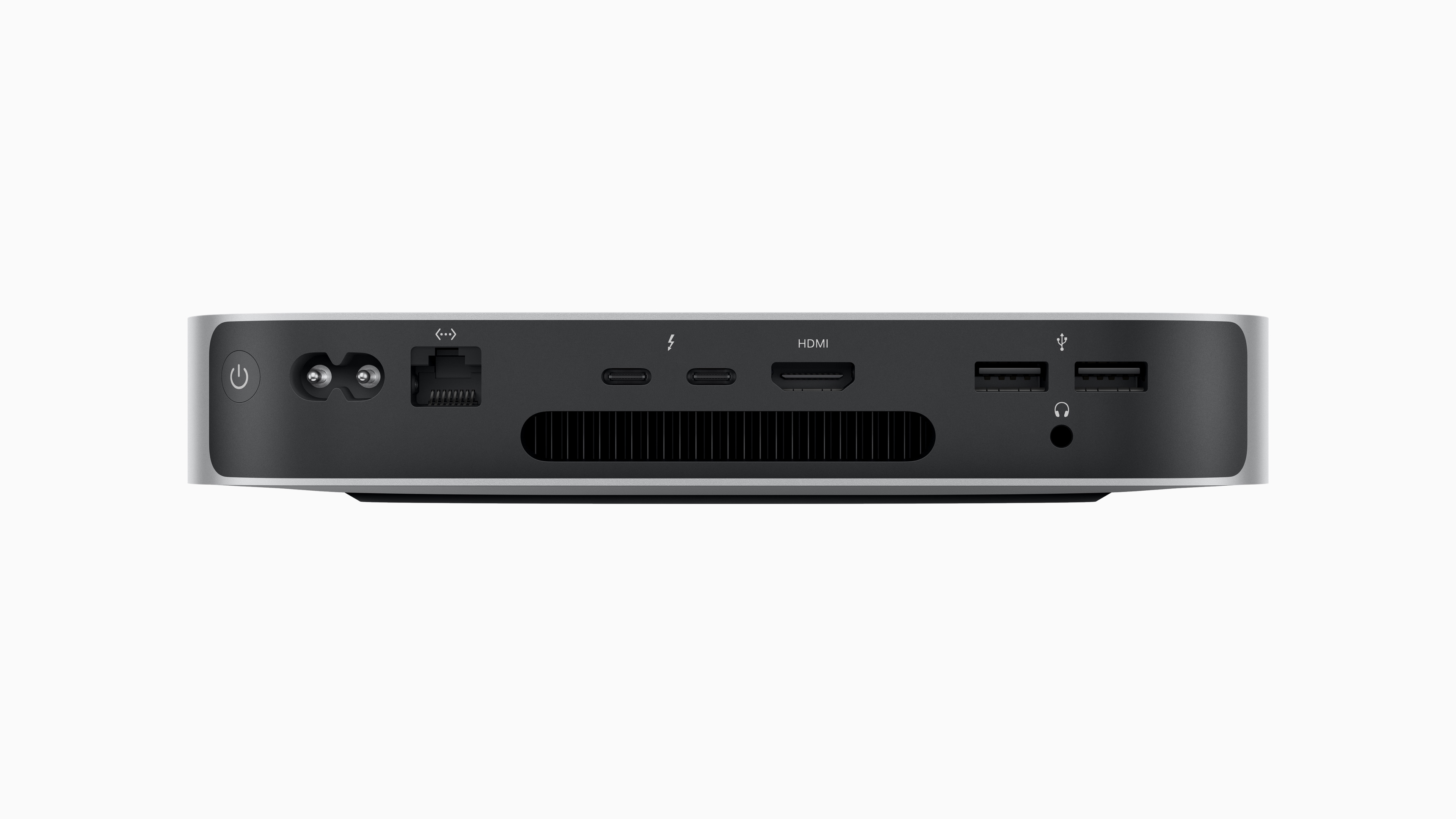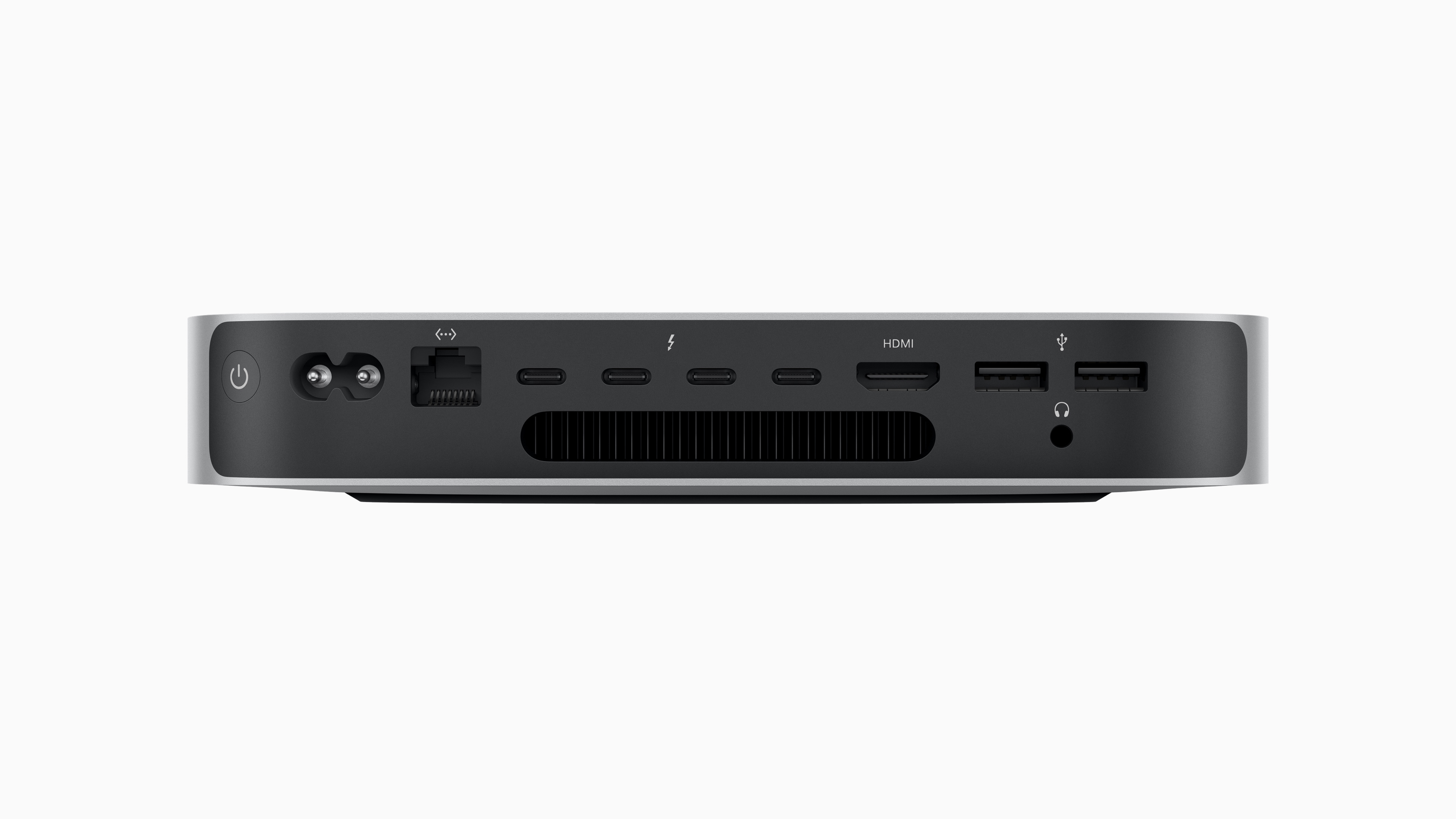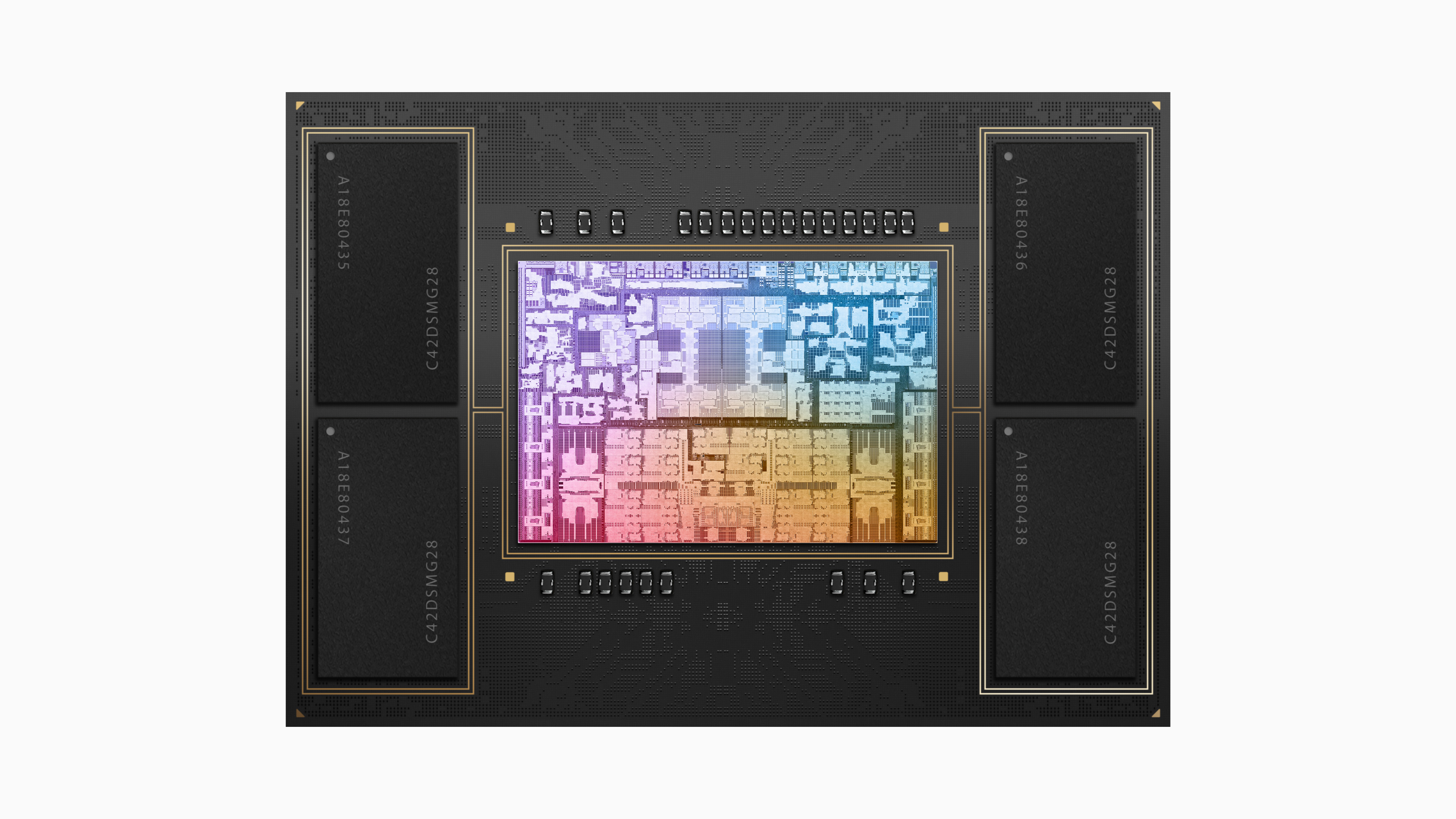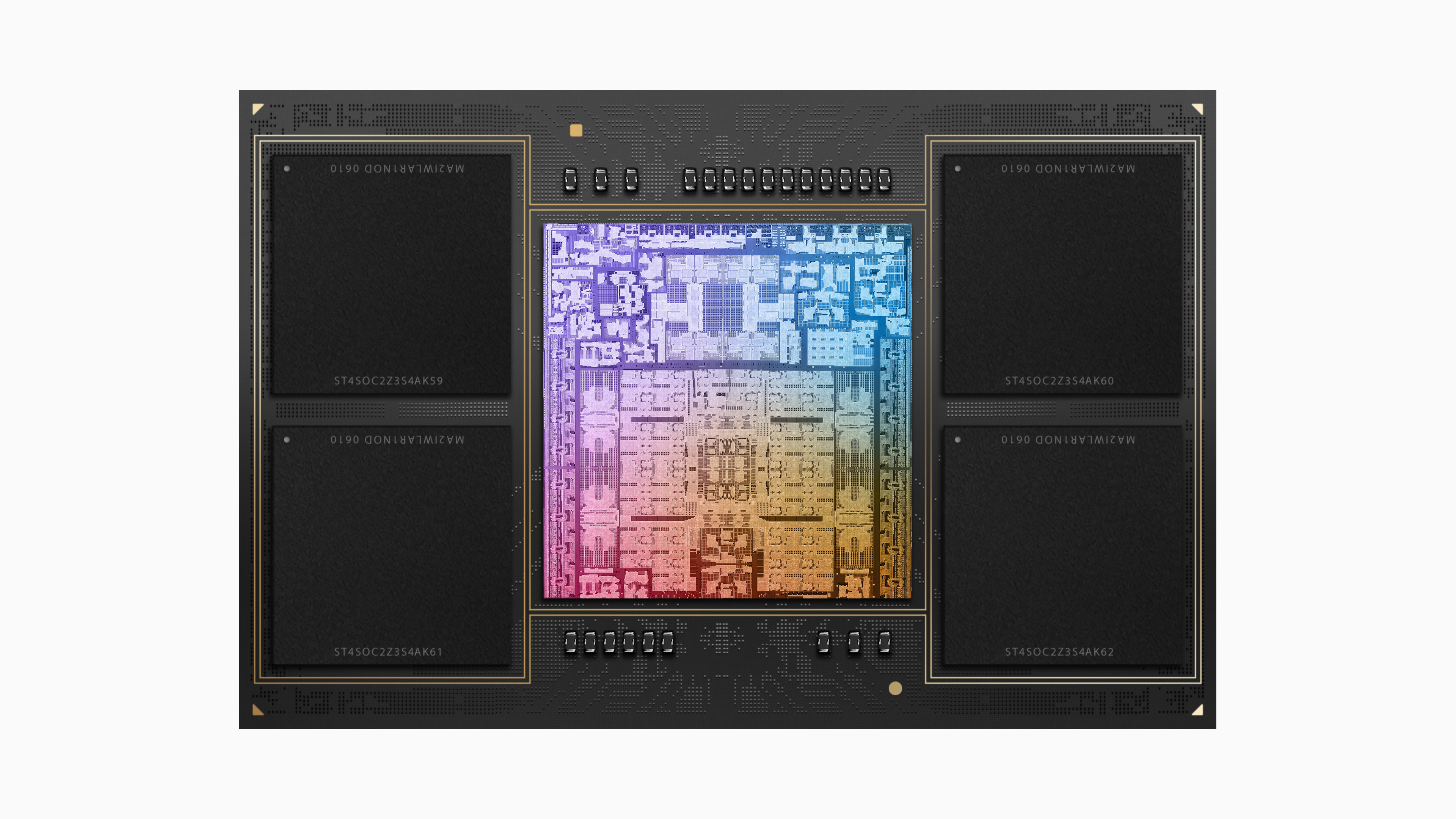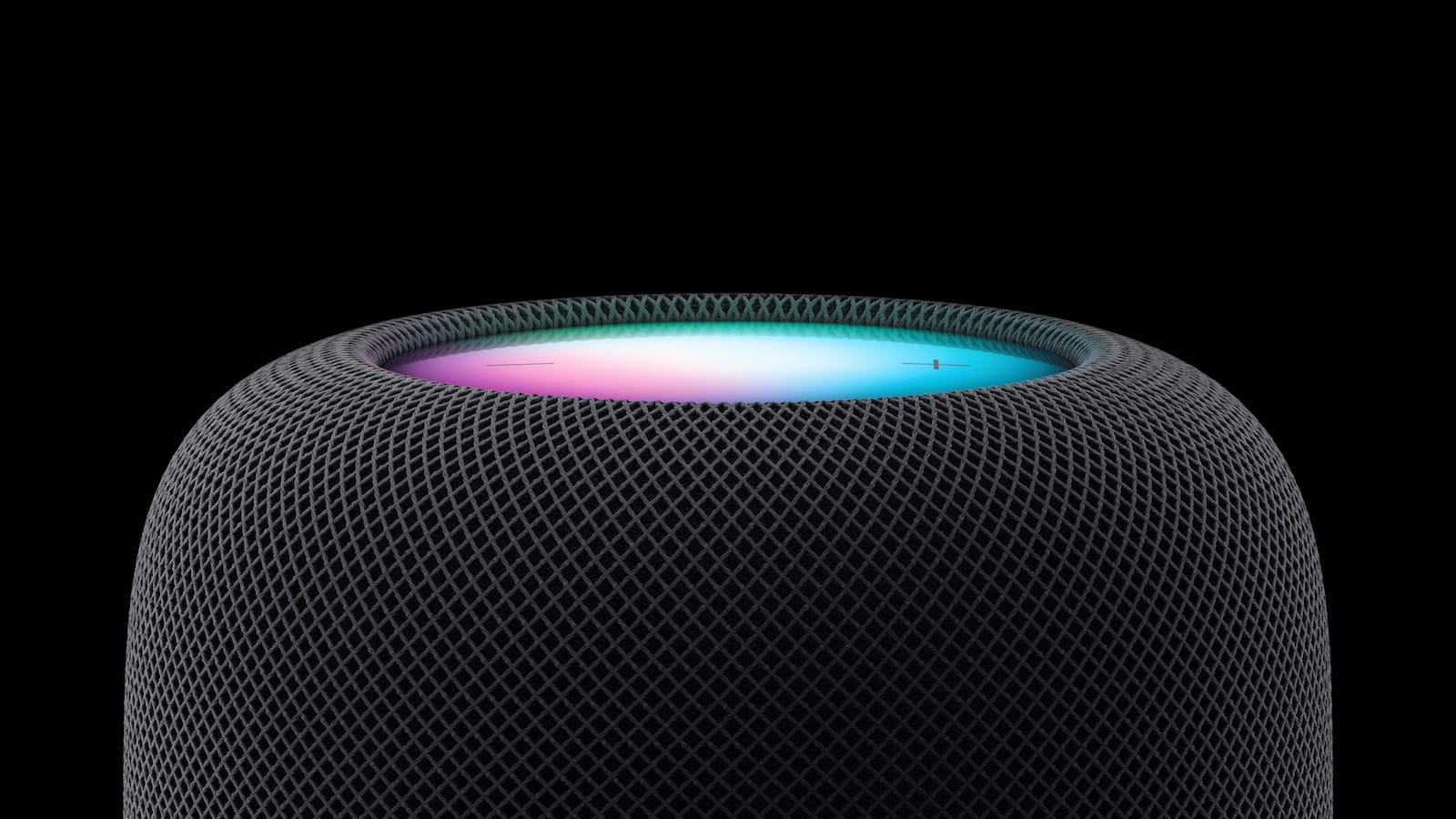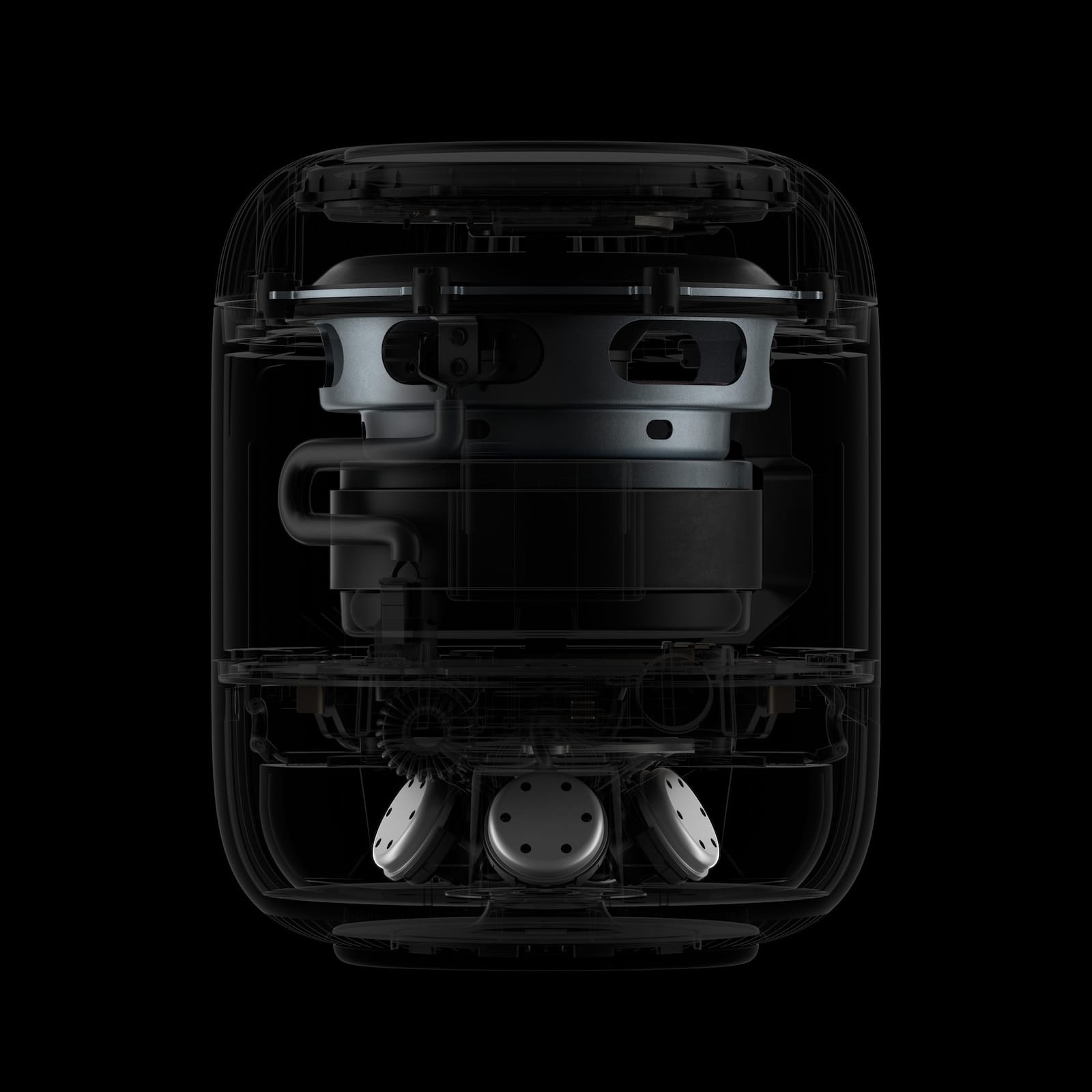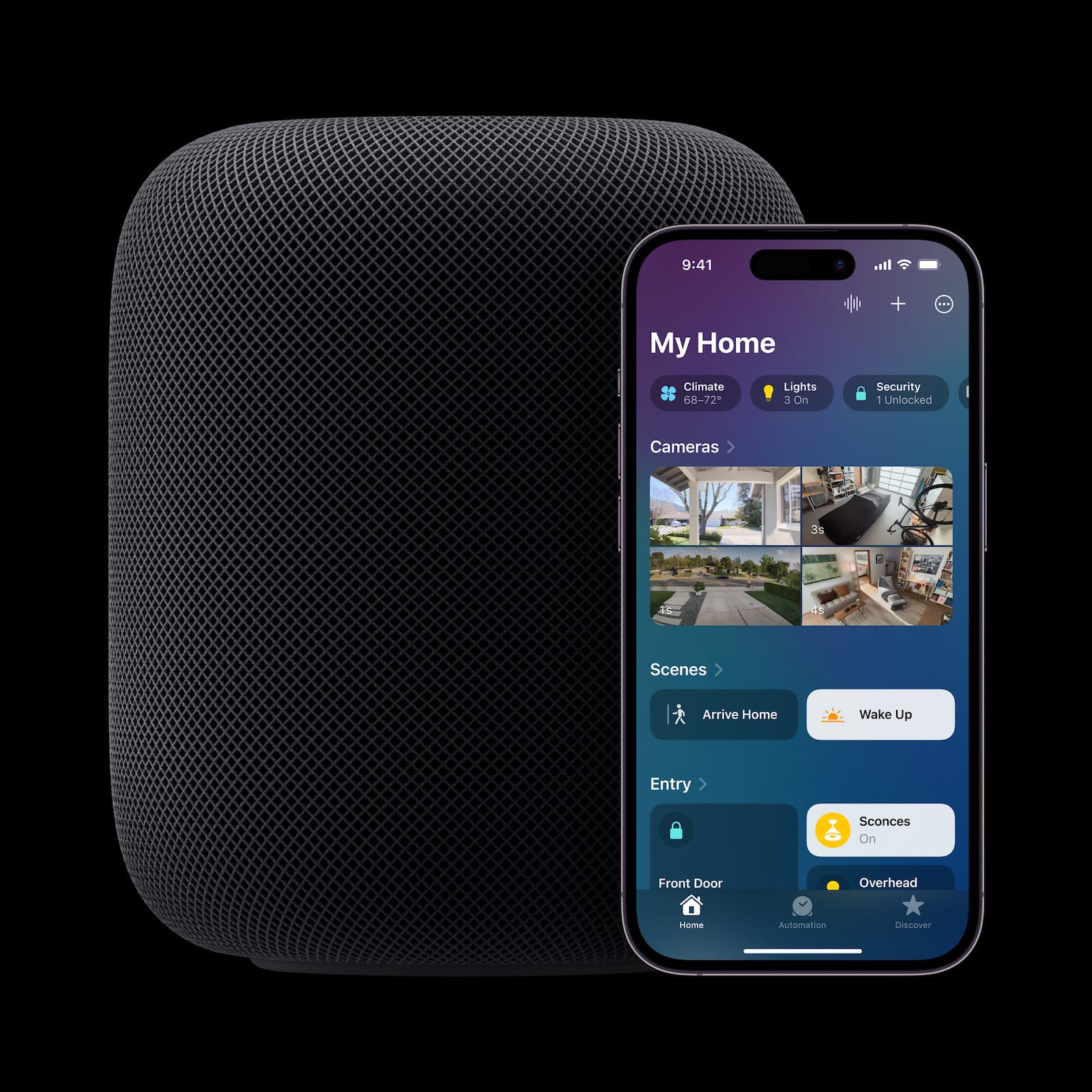Strange things have been happening at Apple this past week. So it's not about what kind of products he introduced to us, but rather how and when. On Tuesday, it first introduced the MacBook Pro and Mac mini, while the 2nd generation HomePod also arrived on Wednesday. But it evokes conflicting feelings in us.
It really doesn't happen that Apple releases press releases of new products and accompanies them with a video like the one it published now. Although it is only less than 20 minutes long, it seems that the company cut it from the already finished Keynote, which we should have seen in October or November last year. But something (most likely) went wrong.
It could be interest you
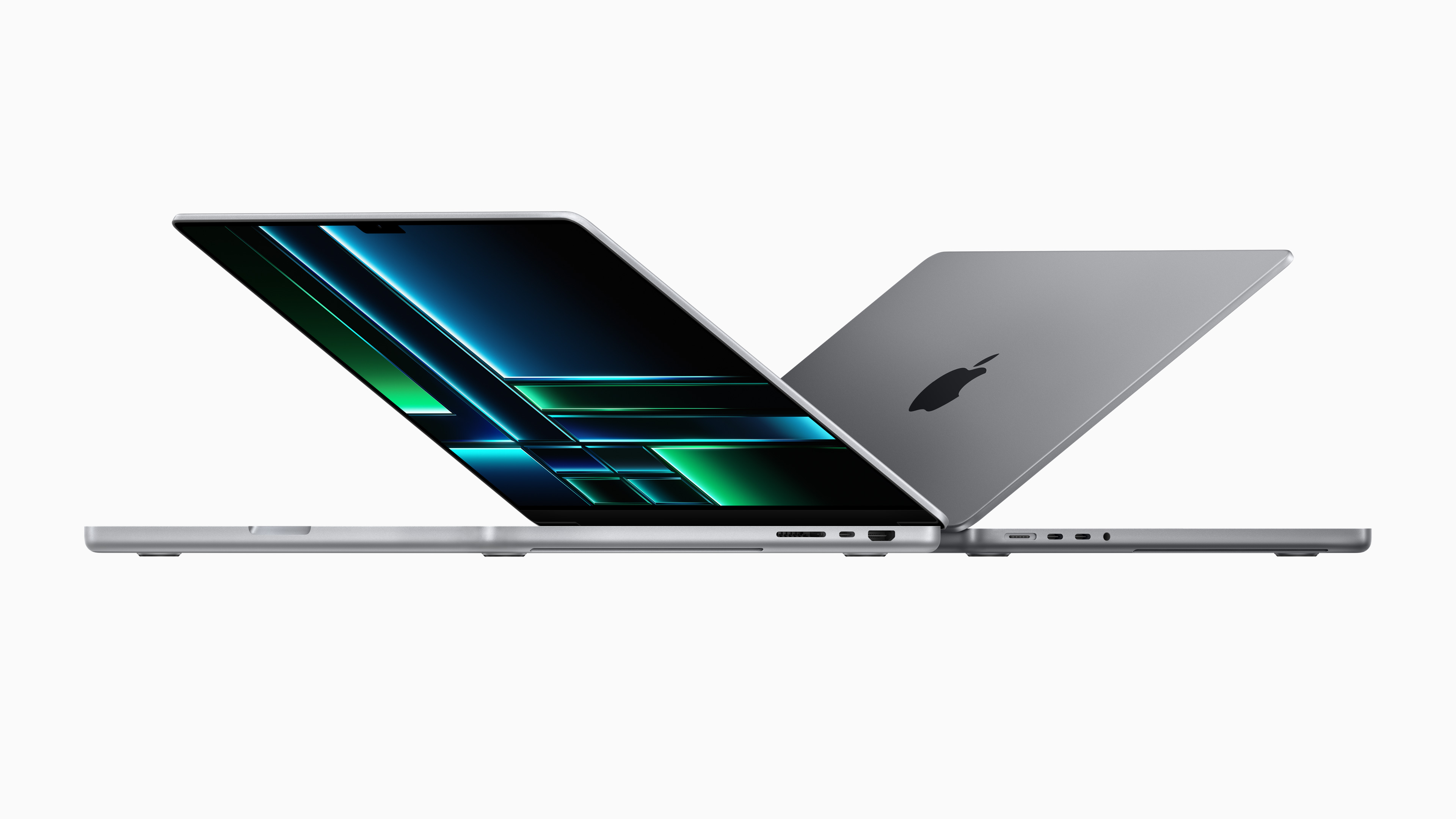
January is atypical for Apple
Releasing new products in the form of press releases is not unusual for Apple. Since everything revolves around the M2 Pro and M2 Max chips when it comes to Macs, one would say that there is no need to hold a separate event for them. We have here the old chassis, both the MacBook Pro and the Mac mini, when only a few hardware specifications have changed. So why make such a fuss about it.
But why did Apple release that presentation, and why did it release products not only for him inexplicably in January? That very presentation gives rise to speculation that Apple wanted to present something else to us at the end of last year, but didn't make it, and therefore canceled the entire Keynote, cut out the content about the new chips and published it only as an accompaniment to press releases. That something could well have been the much-talked-about AR/VR consumption device that now doesn't look glorious.
It could be interest you

Perhaps Apple still hesitated whether it would be able to prepare Keynote at least from the end of the year, and therefore did not release new products for the Christmas season. But as it seems, he blew the whistle on everything in the end. The problem is mainly for him. If he had released the prints during November, he could have had a much better Christmas season, because he would have new products for it, which would surely sell better than the old ones.
After all, January is not an important month for Apple. After Christmas, people are deep in their pockets, and Apple historically does not hold any events or unveil new products in January. If we look back over the years, in January 2007, Apple introduced the first iPhone, never since then. On January 27, 2010, we saw the first iPad, but the next generations were presented already in March or October. We got the first MacBook Air (and Mac Pro) in 2008, but never since. The last time Apple introduced something at the beginning of the year was in 2013, and that was Apple TV. So now, after 10 years, we have seen the January products, namely the 14 and 16" MacBook Pros, the M2 Mac mini and the 2nd generation HomePod.
It could be interest you

Are iPhones to blame?
Maybe Apple just sold the 2022 Christmas season in favor of Q1 2023. Its main draw should have been the iPhone 14 Pro and 14 Pro Max, but there was a critical shortage of them and it was clear that the past Christmas season would not be successful. Instead of making up for the losses with other products, Apple has ditched it and may be targeting the first quarter of 2023 in which it already has enough inventory of new phones and all other products are shipping practically immediately. Simply put, thanks primarily to iPhones, it can have the strongest start to the year (regardless of the fact that Q4 of the past year is considered the start of the year, which is actually the 1st fiscal quarter of the following year).
We thought that Apple was transparent, that we always knew when we could look forward to some kind of new product launch, and probably which ones. Maybe it was all caused by COVID-19, maybe it was the chip crisis, and maybe it was just Apple that decided it was going to do things differently. We don't know the answers and probably never will. One can only hope that Apple knows what it is doing.
 Adam Kos
Adam Kos 